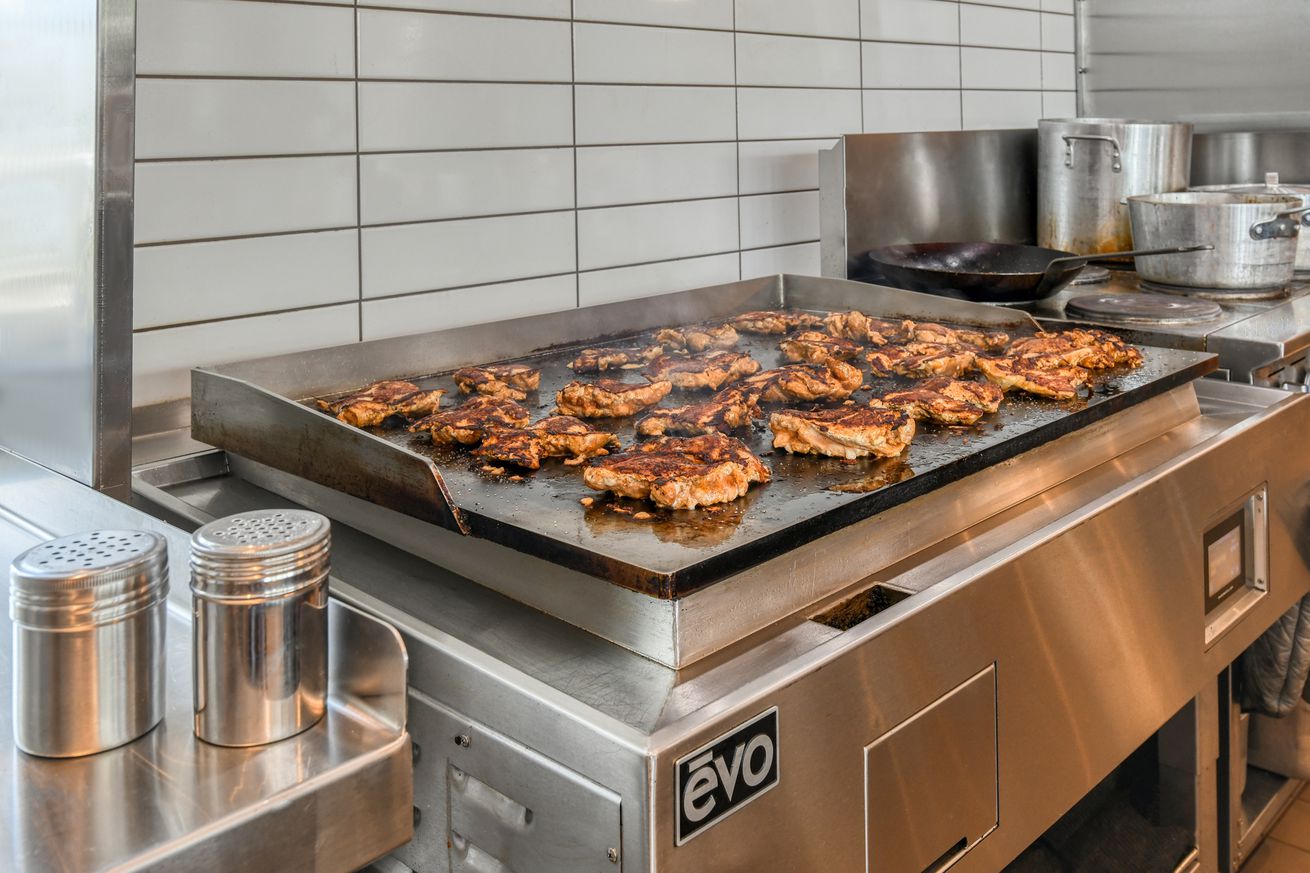
Chipotle plans to ditch gas grills at 100 new locations
Chipotle is switching from gas to electric grills at many of its locations as part of a plan to design more environmentally sustainable restaurants.
In 2024, Chipotle plans to open up at least 100 new locations that “utilize all-electric equipment,” the company announced yesterday. The fast food chain has a goal of slashing its greenhouse gas emissions in half by 2030, which is in line with what’s needed globally to meet the goals of the Paris climate agreement.
Gas stoves have been at the center of a fight to make homes and buildings less polluting. For decades, the fossil fuel industry has fed consumers “cooking with gas” campaigns — going as far as to pay Instagram influencers to harp on how much they love their gas stoves.
A growing body of research shows that gas stoves have a bigger impact on climate change and human health than people expected
But a growing body of research shows that gas stoves have a bigger impact on climate change and human health than people expected. They leak methane, a greenhouse gas much more potent than carbon dioxide. They also create indoor air pollutants, including formaldehyde, carbon monoxide, and nitrogen dioxide.
Chipotle already has over 3,200 locations, and all but 12 of them currently use gas grills. When asked in an email, the company didn’t have a hard number for how many of its existing restaurants would adopt electric grills — just that it would “apply them to existing locations where it makes sense.”
Chipotle has said it wants to open nearly 4,000 restaurants in North America over an unspecified number of years, with plans to open up some 250 new locations this year. Overall, 100 new locations with electric stoves by 2024 is a relatively small portion of its total operations.
But Chipotle’s got to start somewhere. And ditching gas is a far more effective strategy for tackling climate change than all these tree-planting schemes many companies use to make themselves look more sustainable. Tree schemes aim to offset emissions after they’ve already been released and typically fail to reduce greenhouse gas pollution. Giving up gas burners, on the other hand, can actually prevent some of that pollution in the first place.
Other important pieces of the puzzle will be to source as much renewable energy as possible and to make the restaurants more energy efficient. Chipotle plans to purchase renewable energy credits, which support clean energy projects, to match 100 percent of the electricity used at its new all-electric locations. And the company says it will install solar panels “where feasible.” It also has plans to install heat pumps for water heaters and use energy management systems to conserve electricity.
Despite Chipotle’s climate goals, the company has still struggled to reduce what are considered “indirect” greenhouse gas emissions that come from its supply chain. While greenhouse gas emissions from Chipotle’s operations and electricity use have fallen by 13 percent since 2019, according to its most recent sustainability report, its indirect emissions have actually risen by 26 percent in the same time frame.
Agricultural pollution is the “greatest contributor” to those rising emissions, according to the report. To deal with some of those emissions, Chipotle says it wants to start offering more vegetarian and vegan options. After all, cattle burp up methane — the same stuff that gas stoves burn.

